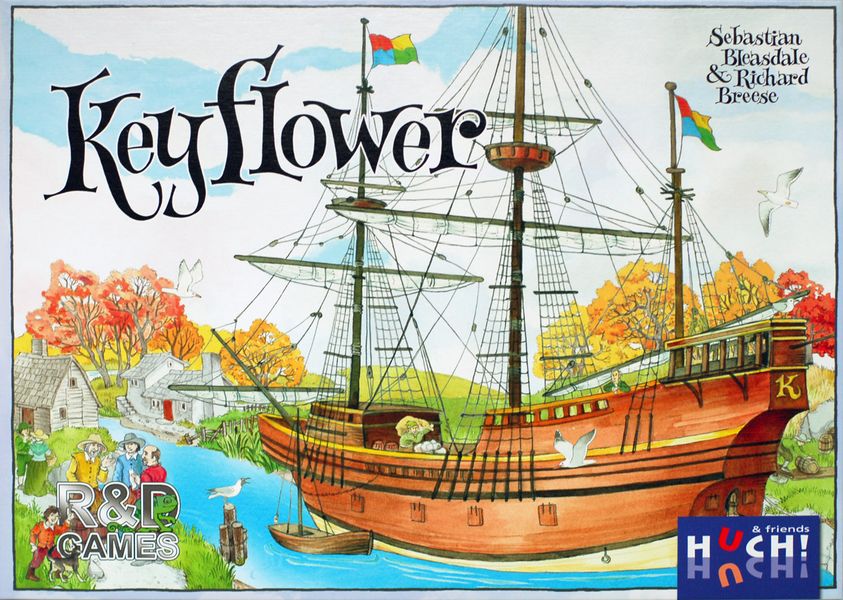Keyflower (2012) Board Game
Keyflower is a popular board game that was released in 2012 by designers Sebastian Bleasdale and Richard Breese. It falls under various categories such as City Building, Economic, Renaissance, Territory Building, and Transportation. The game has received critical acclaim for its unique gameplay mechanics and strategic depth, making it a favorite among board game enthusiasts.
Game Components of Keyflower
How To Setup Keyflower
To set up Keyflower, each player receives a starting home tile, 8 random workers behind a screen, and some winter tiles. The game is divided into four rounds, each representing a season. At the beginning of each round, new tiles are made available in the market. Players arrange their workers and tiles according to the specific rules for each season.
Gameplay Mechanics and Game Objective
Player Experience
Keyflower offers a rich and strategic gameplay experience, requiring players to balance bidding, resource management, and tile placement. The game is easy to learn but demands thoughtful strategy to succeed. Each game is unique due to the variable set-up and the multitude of tiles and buildings available. The game does not offer solo or cooperative play, making it a competitive experience for 2-6 players.
Pros
Cons
Personal Thoughts on Keyflower
Keyflower is ideal for fans of Euro-style games and those who enjoy strategic city-building and worker placement mechanics. It is perfect for gamers who appreciate deep strategy and are willing to invest time in learning and mastering the game. While it may not be the best fit for casual players or those seeking quick games, Keyflower offers an excellent gaming experience for those who enjoy complex, thought-provoking gameplay.
We are supported by our audience. When you purchase through links on our site, we may earn an affiliate commission, at no extra cost for you. Learn more.

